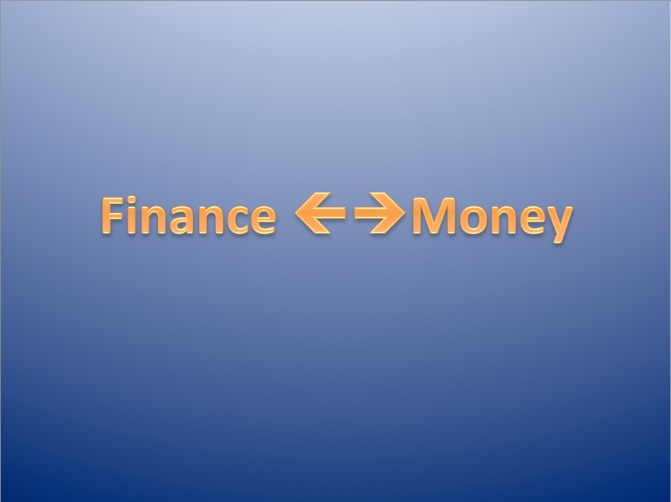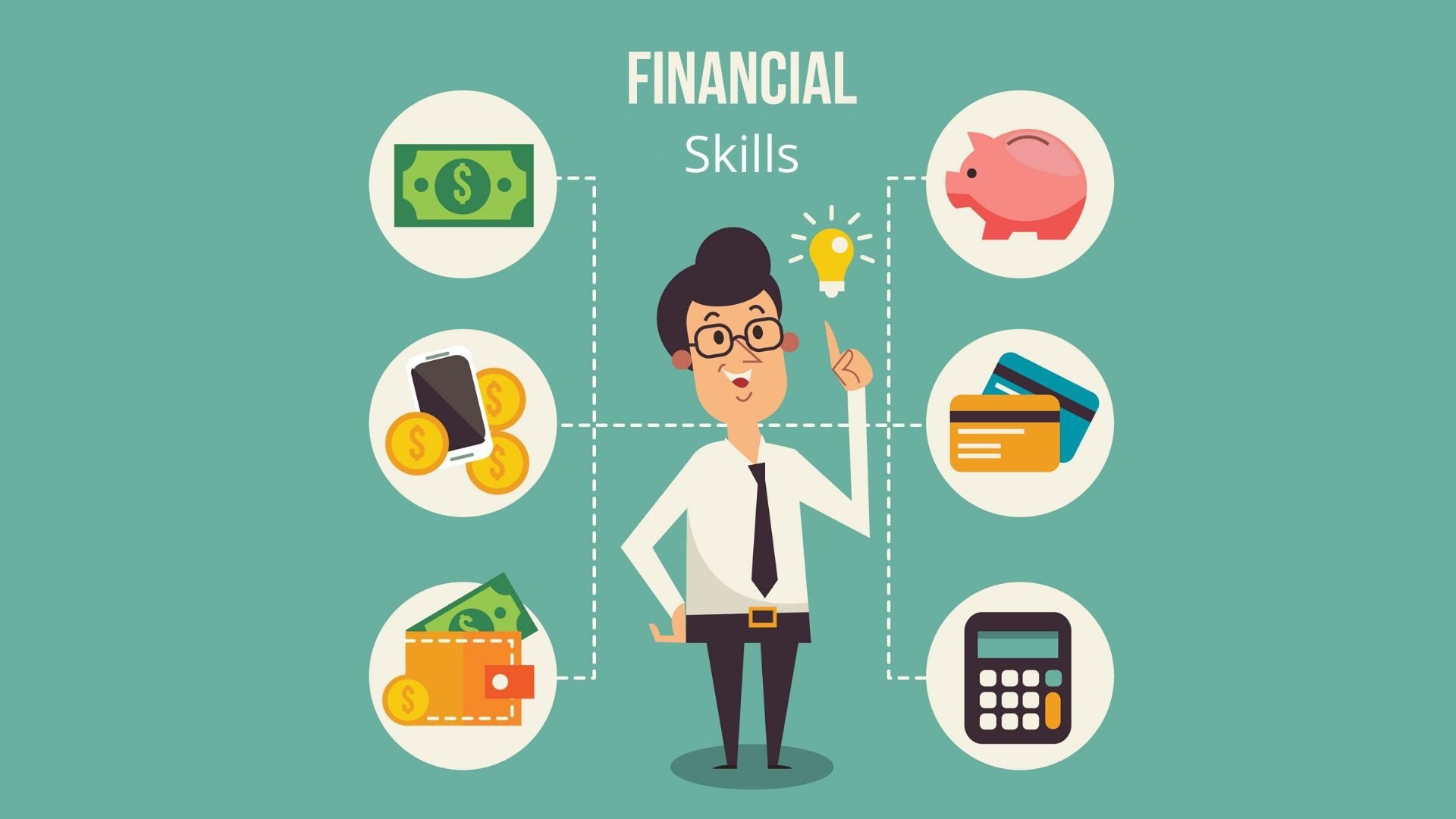You might be wondering, “What loan means?”. Well, loans are sums of money or property borrowed from a lender in exchange for the value of that loan plus interest. There are many different kinds of loans, including unsecured loans, secured loans, and conventional loans. Before applying for a loan, you should evaluate your expenses and monthly income to determine how much you need. Also, consider your credit history to ensure that you are capable of repaying the loan.
A loan is a temporary duty. A loan to the navy was for the duration of a war. If you’re paying back the loan in 30 years, you’ll save about $140,000. You may be wondering: “What loan means?” in Hindi? Here’s how to find out! First of all, let’s define a loan in Hindi. The meaning of loan in Hindi is “loan ka matlab.”
Open-ended loans allow you to borrow money over again. These types of loans include credit cards and lines of credit. A credit limit refers to a maximum amount that you can borrow. You can use the money to meet all or part of your financial needs. However, the credit limit decreases every time you make a credit card payment. Thus, wet loans are a good choice when you need money immediately, but a dry loan may be a better option for longer-term goals.
Mortgage terms can be difficult to decipher. If you are comparing mortgage loans, you should always consider the term of the loan. A 15-year fixed-rate mortgage, for example, has a term of 15 years. This means you must repay the loan within that time frame, or else you may end up having to refinance the loan in the middle of the term. These terms can be discussed with the lender, and they are usually mutually agreeable.
In addition to interest rates, a loan’s term can also have several terms. The term of a loan will affect the amount of money you pay each month, as the principle balance will be spread over a longer period. However, this does not mean that you must pay back the loan immediately, since a longer-term loan will require more interest and more money overall. You may want to consider your payment schedule and other factors before applying for a loan.
Before applying for a loan, you should make sure that your income is high enough to cover the monthly payments. Having a high credit score will give you a better chance of getting approved and getting favorable terms. Likewise, you should evaluate the source of your income. If you’re employed, you should submit W-2 forms and pay stubs, while self-employed, you should be able to provide tax returns and invoices to demonstrate your income.
Before deciding which type of loan to apply for, you should understand the difference between unsecured and secured loans. The first two types of loans are unsecured and secured. The term loans are the most common, and they are also the most flexible. If you need the money for a specific purpose, you can apply for a personal loan. You can also get a mortgage from a mortgage broker or a bank. There are several kinds of personal loans available, including revolving loans, which allow you to borrow money over again.
If you need a large amount of money, you can apply for a secured loan. Banks and credit card companies offer these loans. These loans usually require collateral, which enables the lender to take possession of the property if you fail to repay the loan. Unsecured loans, on the other hand, don’t require collateral. Instead, they typically have a higher interest rate than unsecured loans. However, a secured loan is a great way to borrow large amounts of money because it offers lower interest rates and longer repayment periods.
While personal loans can be categorized by the type of debtor, the most common personal loans are car loans, mortgages, home equity lines of credit, and installment and payday loans. In both types of loans, your credit score plays a large role in the underwriting and interest rates of the loan. Although longer payment terms may lower monthly payments, you will have to pay more interest overall. You can also apply for a home equity line of credit if your credit score is good enough.





